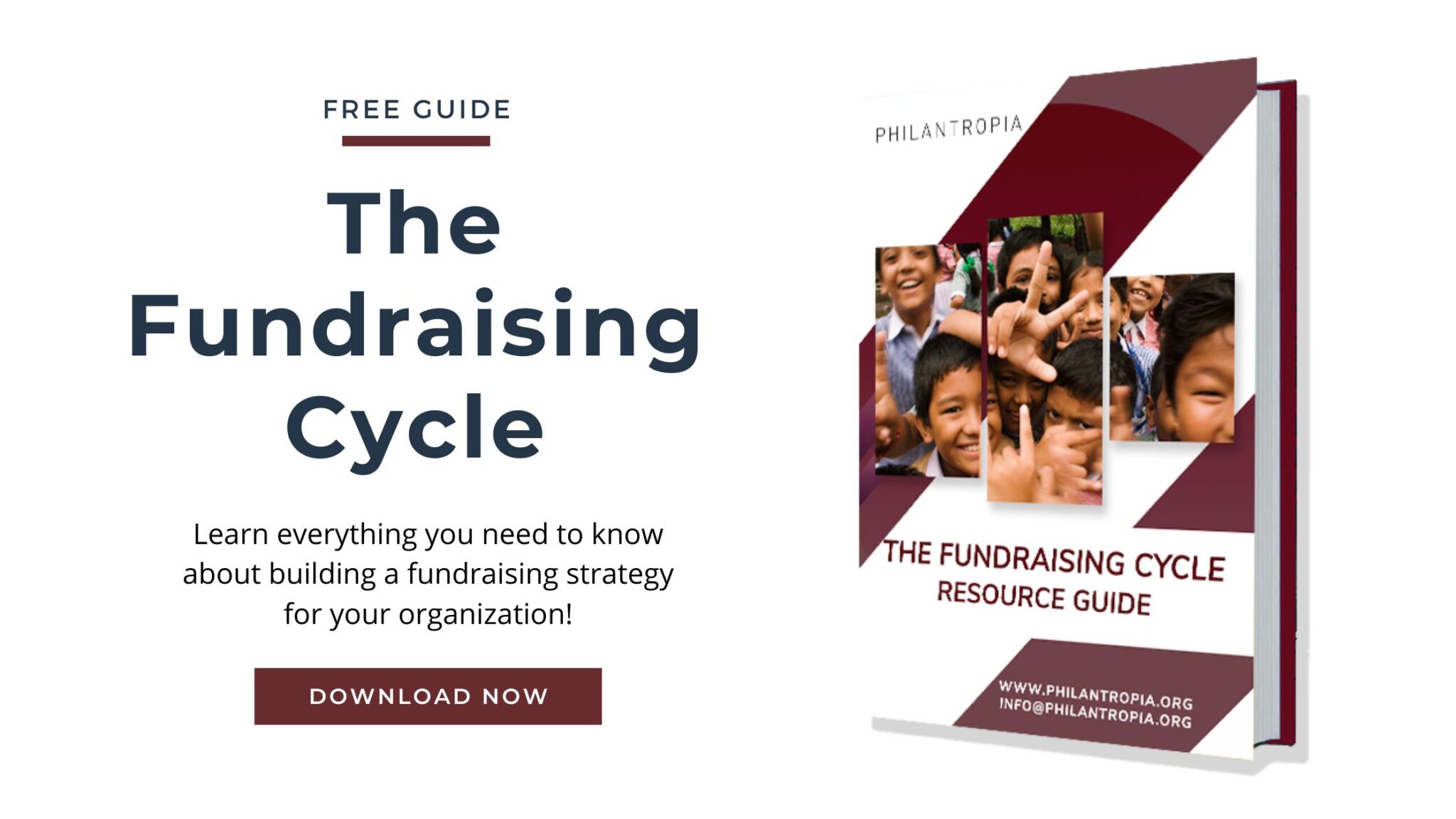Many donors these days do not accept traditional paper or even emailed concept notes. Instead, they may ask you submit all your information digitally through an online application form. These forms are designed to save donors time and allow them to more easily compare and contrast applicants. These forms can also be very helpful for NGOs – if you know how to use them correctly.
Here are 5 tips on what to expect when you submit your applications electronically, and how to do it without all the stress.
Do not fill out the online form online
The first rule of online forms is to never fill them out directly. Why?
Many things could potentially go wrong if you do. First, most online forms do not save your work automatically or at all in some cases. If your internet goes down, you accidentally close the wrong tab, your computer restarts for important updates, etc. then all your work is lost. Additionally, most forms only have very basic grammar/spell-check features (although you can use free tools like Grammarly to help with this).
Instead, copy and paste all of the form’s questions into a word editor. This will keep your work safe while you perfect the application. You can copy and paste your answers into the form when you are ready to submit. Also, make sure to save your responses offline. Most forms will not send you your response after you submit, and you may need that information later on.
Take a good look at the form questions
Oftentimes, NGOs have to guess what donors are looking for in a concept note. Do they need to see a full budget at this stage? Detailed project activities? How much background information do they need? Fortunately, online applications remove most of the guesswork. Most forms will tell you exactly what questions the donor wants to be answered, as well as how important each question is! While each donor may word their questions differently, they usually all want the same basic information. Stuff like project rationale, expected results, sustainability, etc. are quite common.
Also, remember to pay attention to the word count. Usually, each text box will come with a minimum-maximum characters setting. Typically, the more important a question is to the donor, the more space they will allow for the answer. For example, if the donor allows for 800 characters describing the project’s beneficiaries, but only 300 characters for how the project is innovative, that usually says the donors care more about funding deserving people than radical ideas. Make sure you answer each question specifically and try to use the character limits wisely.
Avoid common formatting mistakes
There are two very common mistakes applicants make in online forms: copying incorrectly and not using paragraphs. Most online forms only accept unformatted text, meaning you cannot control the text size, color, font, spacing, etc. Some forms will not even allow you to use boldface or hyperlinks. Occasionally, there are issues when copying text that uses formatting to a form that does not allow formatting. This could lead to bits of code, strange spacing, or extra characters accidentally entered into your online application. Whenever you copy and paste, always review to make sure the final version to ensure no mistakes occurred.
The other common mistake is to include no separate paragraphs in form responses. Sometimes this is a mistake of copy and pastes again as many forms do not recognize indents or automatic paragraphs. Other times, something about online forms just make people forget to use paragraphs. Do not make this mistake. Press the ‘Enter’ key twice to create a new paragraph. Like much of content online, text with many short paragraphs tend to be easier to read.
Watch out for technical problems
Online forms can be very helpful both for NGOs and donors. However, for every problem technology solves, it also creates more. Give yourself plenty of time to submit the application. Do not rush. Try to use a reliable laptop or desktop computer instead of a tablet or smartphone. If it looks like the page is not loading correctly, wait a couple minutes before refreshing the page. Make sure your browser version is up-to-date, and try different browsers to see which works best. Even if the connection is slow, do not rapid-click buttons or issue contradicting commands (i.e. do not click ‘back’ right after clicking ‘next’). Be patient – these forms often slow down when many people are trying to access the same page at once.
If you see a technical problem you should inform the donor – but ONLY if you are sure it is an issue on their end and not yours. Try to be around others when you submit to help you in case something goes wrong. Having a backup computer, internet connect, or just someone else to help can make a big difference if you are close to the deadline and encounter a tech problem.
Do not wait
We always recommend sending in applications early, but for online applications, this is particularly important. 10 minutes before the deadline is always the time when the internet crashes or the site will not load. Make sure to submit early just in case you encounter a problem. Also, some grant reviewers suggest the earlier you apply the more chance you have of getting it because the reviewer’s eye is fresh and they aren’t tired of looking at all the applications yet. So, stop procrastinating and join the race before the deadline.




